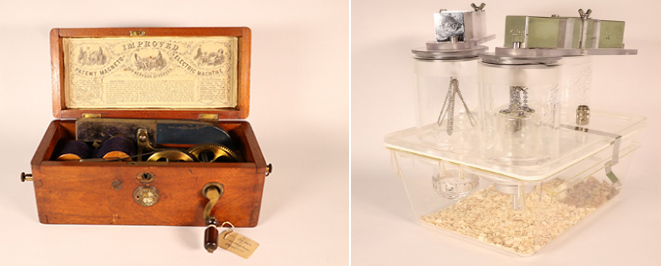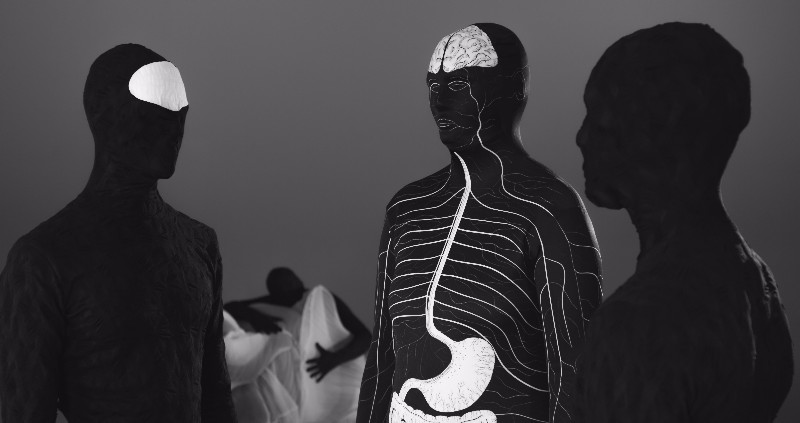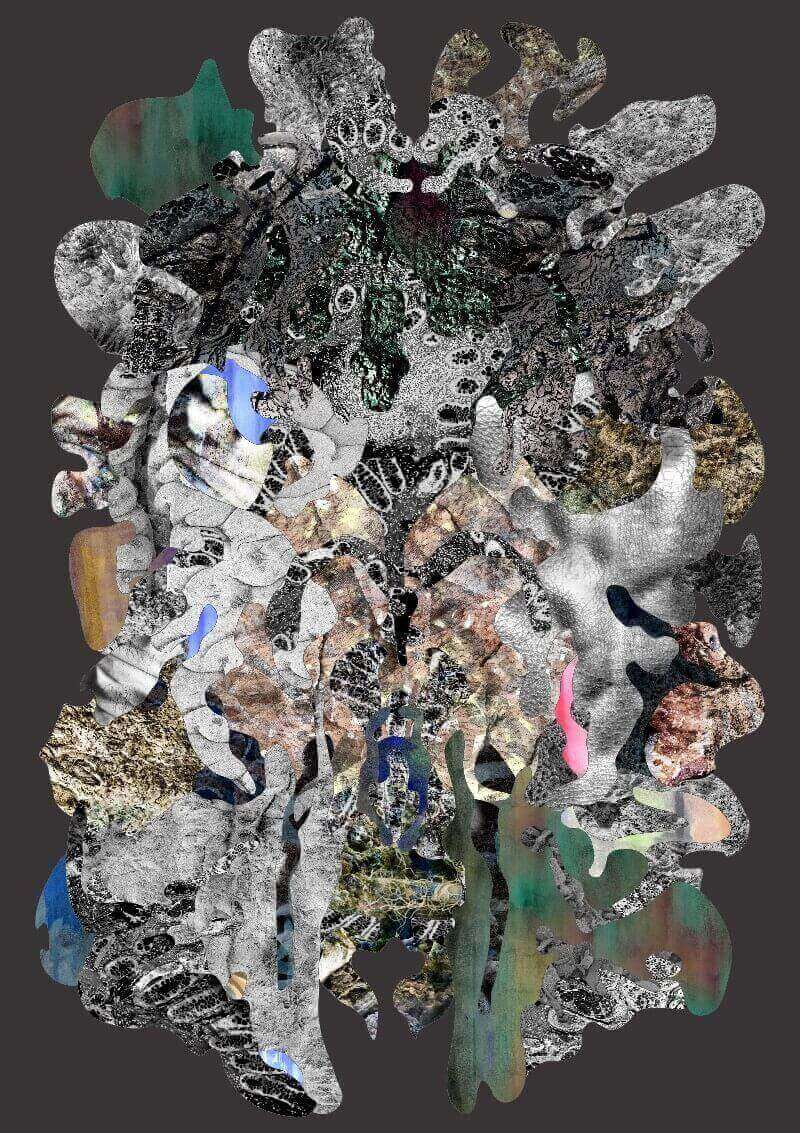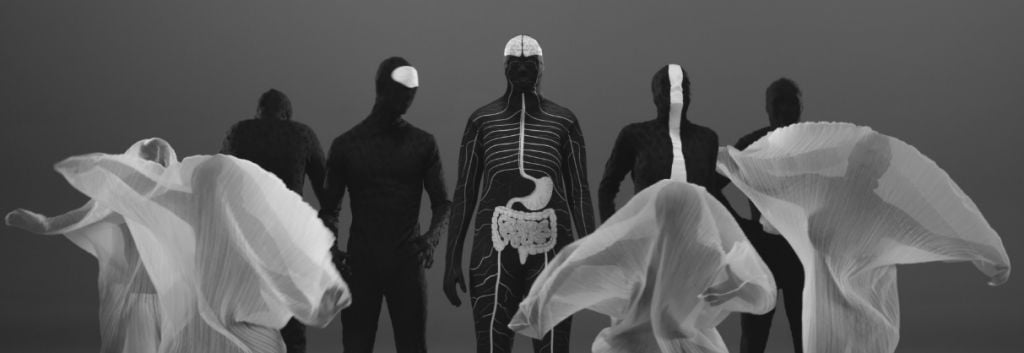The exhibition Mind the Gut at the Medical Museion in Copenhagen opens its doors to visitors to challenge the view of our own bodies.
The Medical Museion in Copenhagen has expanded its exhibition area to make way for Mind the Gut, an exploration of the complex relationship between our brain and bowels through art, science, and history. The exhibition seeks to make visitors reevaluate what they think about how their bodies work.
In the last decades, it has become increasingly evident that there is a close relationship between what happens in our gut and our mind. Scientists have drawn links between the bacteria living inside us and mental conditions such as depression, anxiety, schizophrenia and Parkinson’s.

But while research around the so-called gut-brain axis, still in its infancy, continues advancing our understanding of specific molecular processes, the concept itself has implications that go beyond health and challenge our sense of identity. How much of our own are our feelings when they seem to depend on which bacteria are living in our gut? How much control do we have over the living beings in our gut and what they do to us?
That is the message at the core of the exhibition. “We challenge the typical division of brain and gut as two isolated organs and open towards new understandings of the body as consisting of complex, interwoven systems,” states Adam Bencard, researcher and lead curator of Mind the Gut. “In other words, we try to make our visitors curious about how they understand their own bodies, and leave the exhibition with new perspectives.”

The team of researchers and artists behind the exhibition has taken up the challenge of conveying the complexity of the gut-brain axis with a story-telling approach. The exhibits range from historical objects used to study the gut bacteria and the brain to contemporary digital art and films, each with a story behind. For example, about a fashionable yogurt salon in Copenhagen in 1909 or the request of an artist for a sample of David Bowie’s microbiome to treat her Crohn’s disease.
”We start from a topic that we all have in common: What it is like to have a body,” states Louise Whiteley, associate professor at Medical Museion and the second lead curator of Mind the Gut. “We invite visitors to meet both the scientist trying to understand the systems of the body, and the patient trying to treat themselves. We want to move away from the search for ‘magic bullets’ and won’t give visitors dietary advice on how to improve their gut bacteria. Rather, we use art, science and cultural history to provide a critical reflection on how the entanglement between mind and gut might change our understanding of ourselves.”

Images via Medical Museion





